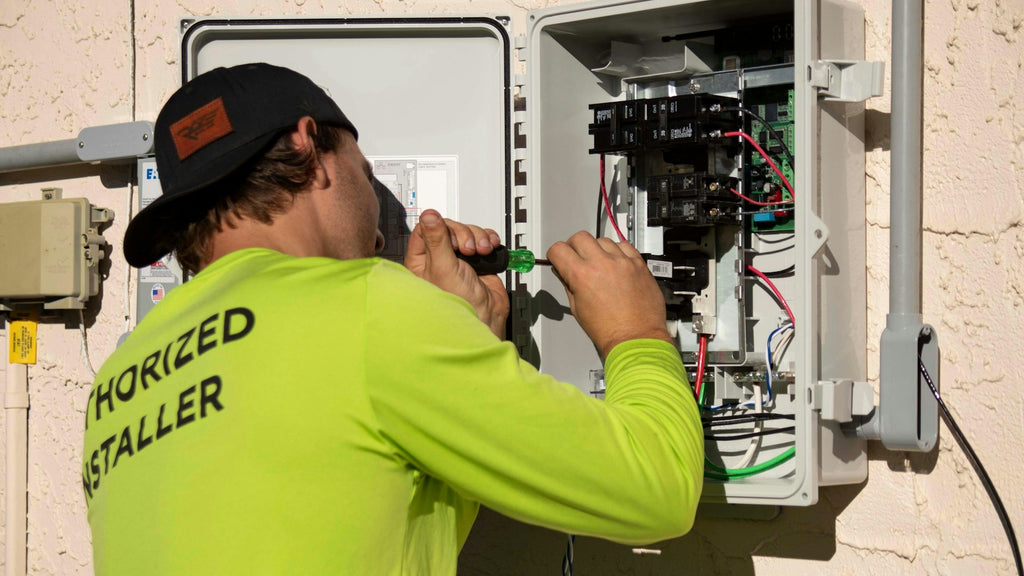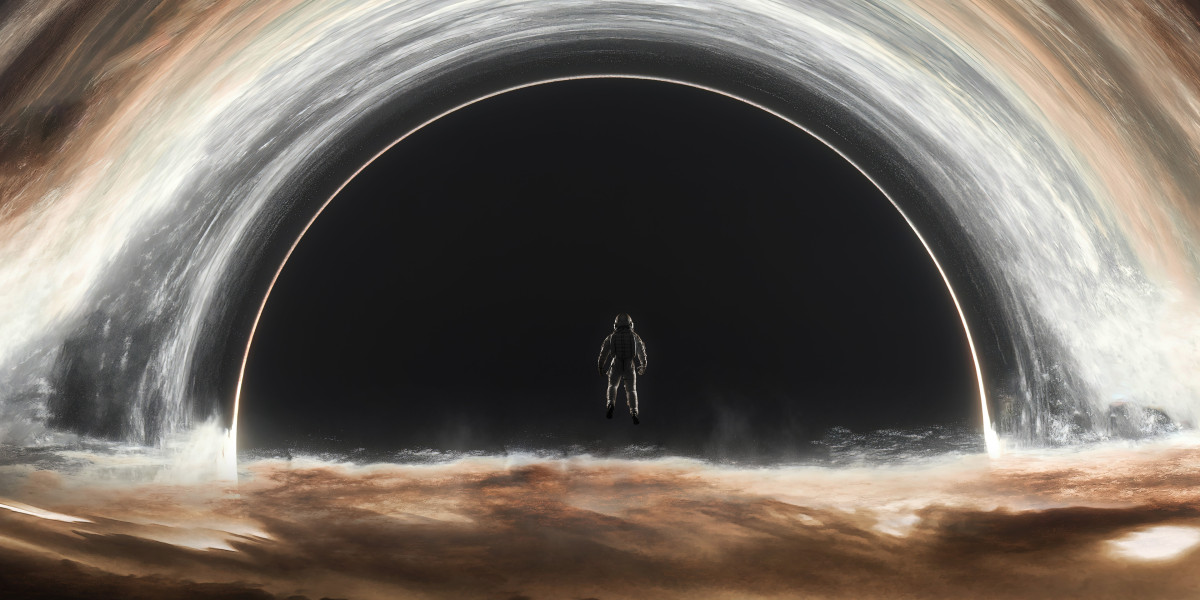Solar inverters play a crucial role in converting the direct current (DC) generated by solar panels into alternating current (AC) for use in homes and businesses. However, several challenges can hinder their performance. In this article, we will explore the 8 usual solar inverter hurdles and how to overcome them efficiently.

1. Inadequate Sizing of the Inverter
One of the most common issues is the improper sizing of the inverter. If the inverter is too small, it may not handle the energy produced during peak sunlight hours. Conversely, an oversized inverter can lead to inefficiencies. To ensure optimal performance, it is essential to accurately assess your energy needs and select an inverter that matches your solar panel output.
2. Poor Installation Practices
Installation quality significantly impacts inverter performance. Poor connections, inadequate grounding, and incorrect placement can lead to inefficiencies. Engaging a certified professional for installation can mitigate these risks. Always ensure that the installation adheres to local codes and standards.
3. Environmental Factors
Environmental conditions such as temperature, humidity, and shading can affect inverter efficiency. High temperatures can lead to overheating, causing the inverter to throttle its performance. To combat this, consider installing the inverter in a shaded, well-ventilated area. Regular maintenance checks can also help identify and address environmental impacts.
4. Lack of Regular Maintenance
Just like any other equipment, solar inverters require regular maintenance to function optimally. Neglecting routine checks can lead to unnoticed issues that may escalate over time. Schedule periodic inspections to ensure all components are functioning correctly and replace any worn-out parts promptly.
5. Firmware and Software Issues
Inverters often come with firmware that requires updates for optimal performance. Outdated software can lead to inefficiencies and even system failures. Regularly check for firmware updates from your inverter manufacturer and apply them as needed to enhance performance.
6. Inverter Compatibility
Compatibility between the inverter and solar panels is crucial. Mismatched systems can lead to inefficiencies and reduced energy output. When selecting an inverter, ensure it is compatible with your solar panel specifications. Consulting with a professional can help clarify any compatibility concerns.
7. Grid Connection Problems
Inverters rely on a stable grid connection to function effectively. Fluctuations in grid voltage can cause the inverter to disconnect or operate inefficiently. If you experience frequent grid issues, consider discussing solutions with your utility provider or exploring battery storage options to enhance reliability.
8. Monitoring and Diagnostics
Finally, the lack of monitoring tools can hinder your ability to identify performance issues. Many modern inverters come equipped with monitoring systems that provide real-time data on performance. Utilizing these tools can help you detect problems early and take corrective action. For a comprehensive troubleshooting guide, visit this link.
Conclusion
Understanding the 8 usual solar inverter hurdles and how to overcome them efficiently is essential for optimizing your solar energy system. By addressing these challenges proactively, you can enhance the performance and longevity of your solar inverter, ensuring a reliable and efficient energy source for your home or business.








